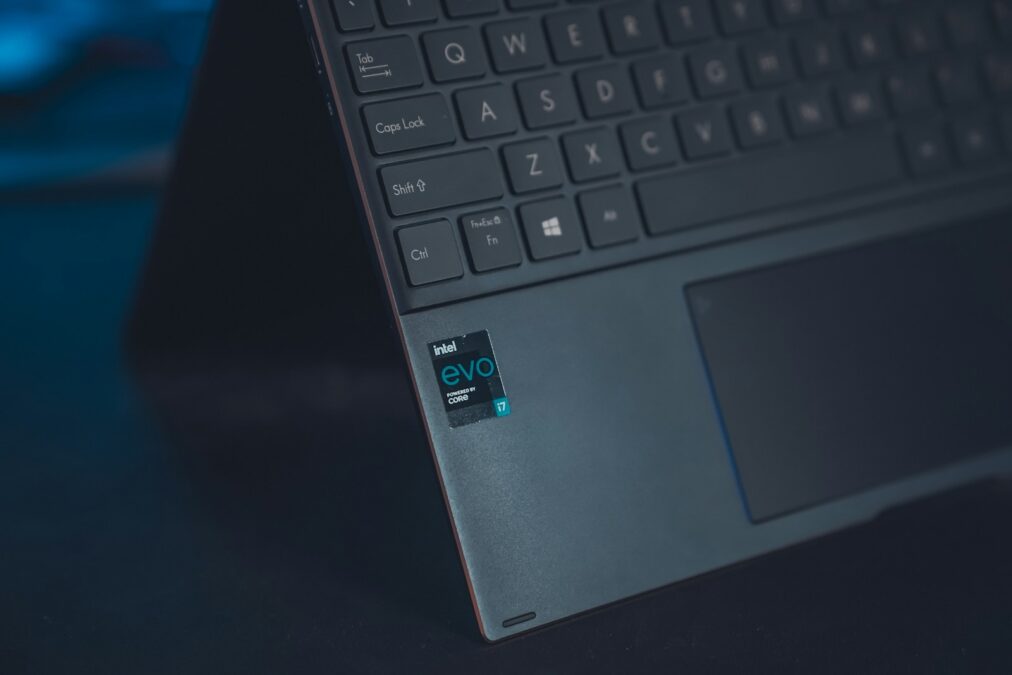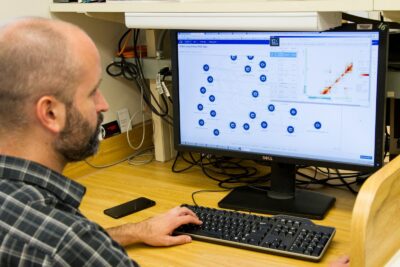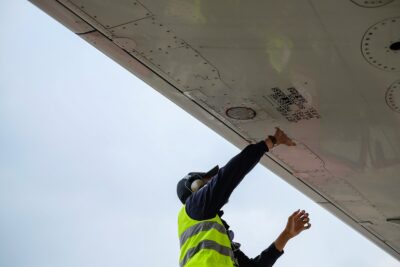Ensuring Compatibility and Performance in Saudi Arabia and UAE
The Critical Aspects of Selecting a VSAT System
Selecting a VSAT system is a pivotal decision for organizations aiming to ensure seamless communication and robust data transmission. This decision is especially critical for businesses in dynamic regions like Saudi Arabia and the UAE, where technological advancements and business growth necessitate reliable and efficient communication infrastructure. Key factors to consider when selecting a VSAT system include antenna size, frequency band, modulation scheme, and power requirements. Each of these elements plays a crucial role in ensuring compatibility with the satellite network and achieving the desired performance levels. Understanding these factors is essential for business executives, mid-level managers, and entrepreneurs who seek to maintain competitive advantage and operational efficiency.
The Role of Antenna Size and Frequency Band
Antenna size is a fundamental consideration when selecting a VSAT system, as it directly impacts the system’s ability to communicate with the satellite. Larger antennas typically provide better signal strength and reliability, making them suitable for applications requiring high bandwidth and low latency. However, smaller antennas are more cost-effective and easier to install, which can be advantageous for certain operational environments. The choice of frequency band—such as C-band, Ku-band, or Ka-band—also significantly affects the performance of the VSAT system. C-band offers robust performance in adverse weather conditions, while Ku-band and Ka-band provide higher data rates, making them ideal for high-speed data applications in urban centers like Riyadh and Dubai. Selecting the appropriate antenna size and frequency band ensures optimal system performance and reliability.
Modulation Scheme and Power Requirements
The modulation scheme used in a VSAT system determines how data is encoded for transmission over the satellite link. Advanced modulation schemes, such as Quadrature Amplitude Modulation (QAM) and Phase Shift Keying (PSK), enhance data throughput and spectral efficiency, enabling higher data rates and more efficient use of bandwidth. These advanced schemes are particularly beneficial for businesses in sectors like finance and telecommunications, where high data transfer rates are critical. Additionally, understanding the power requirements of a VSAT system is essential for ensuring consistent performance. Adequate power supply ensures that the system can maintain reliable communication links, even in remote or challenging environments. Considering these technical aspects helps organizations in Saudi Arabia and the UAE select VSAT systems that meet their specific operational needs and performance criteria.
Integrating Artificial Intelligence and Blockchain
Incorporating advanced technologies like Artificial Intelligence (AI) and Blockchain can significantly enhance the functionality and security of VSAT systems. AI algorithms can be employed to monitor network performance, predict potential issues, and optimize resource allocation, thereby improving the overall efficiency and reliability of the communication network. For instance, AI-driven predictive maintenance can prevent system failures and reduce downtime, ensuring continuous and dependable communication. Blockchain technology, on the other hand, offers a decentralized and secure method for verifying data integrity and authenticity. By integrating Blockchain, organizations can ensure tamper-proof data transmission and enhance the security of sensitive information. These technologies are particularly valuable in business hubs like Riyadh and Dubai, where data security and operational efficiency are paramount.
The Impact of the Metaverse and Generative AI
The advent of the Metaverse and Generative Artificial Intelligence (AI) is transforming the way businesses approach communication and collaboration. Secure and efficient VSAT systems are essential for supporting the high data demands and real-time interactions within the Metaverse. These systems enable immersive virtual experiences and facilitate seamless collaboration across geographically dispersed teams. Generative AI, which involves the creation of new content and solutions from existing data, can further enhance business operations by providing innovative approaches to problem-solving and strategic planning. In regions like Saudi Arabia and the UAE, where innovation drives economic growth, integrating VSAT systems with the Metaverse and Generative AI can provide a competitive edge and foster business success.
Leadership and Change Management in Technological Adoption
Effective leadership and change management are crucial when adopting advanced VSAT systems and integrating new technologies. Leaders must be equipped with the skills to navigate the complexities of technological implementation and drive organizational change. Executive coaching services can support leaders in developing these competencies, ensuring they can effectively communicate the benefits of new technologies and manage the transition smoothly. In dynamic markets like Riyadh and Dubai, where rapid technological advancements are common, strong leadership is essential for achieving business success. By focusing on effective communication, strategic planning, and stakeholder engagement, leaders can ensure that their organizations leverage the full potential of advanced VSAT systems and related technologies.
#VSAT #DataSecurity #Encryption #Authentication #SaudiArabia #UAE #BusinessSuccess #AI #Blockchain #Metaverse #LeadershipSkills #ProjectManagement























